While the German takeover represented a huge move towards quality, the Czech automaker needed more to make use of it. Check out this unique chapter in the Škoda history
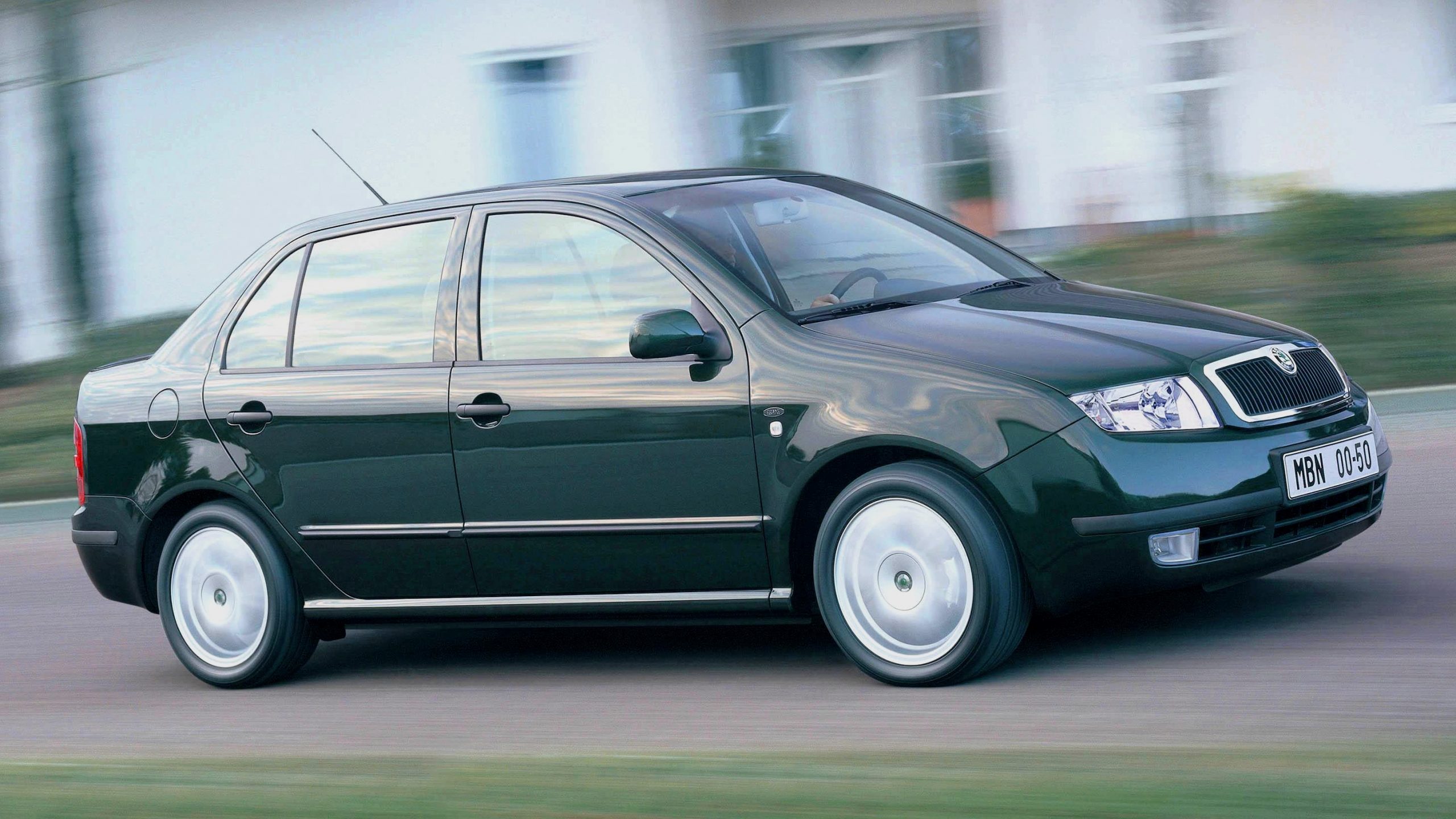
Despite what some people insist in saying, marketing work has become as important to promote a product as its very quality. After all, people have to see it before even considering to purchase it. Companies simply have to respect them, whether the ones who search detailed information or those who are moved mostly by appearances.
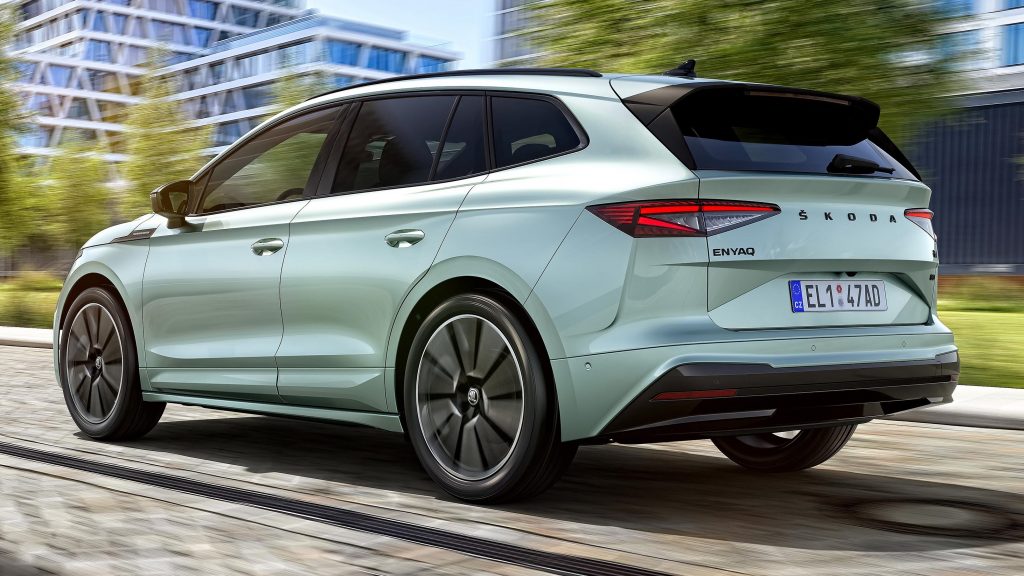
Over time, more and more companies of all sectors have been able to build or reinvent their images mostly by developing a strong campaign, rather than by actually redesigning their products. By making them the topic of the moment, they encourage consumers to give them another try. Sometimes, that is what it takes to finish the sale.
One could say that Czech automaker Škoda has a “neutral” image nowadays, positive without standing out. What most customers do not know or no longer remember is that it used to be entirely different in a negative way. Volkswagen has a lot of credit for that change, but what effectively did the trick was a very clever marketing campaign.
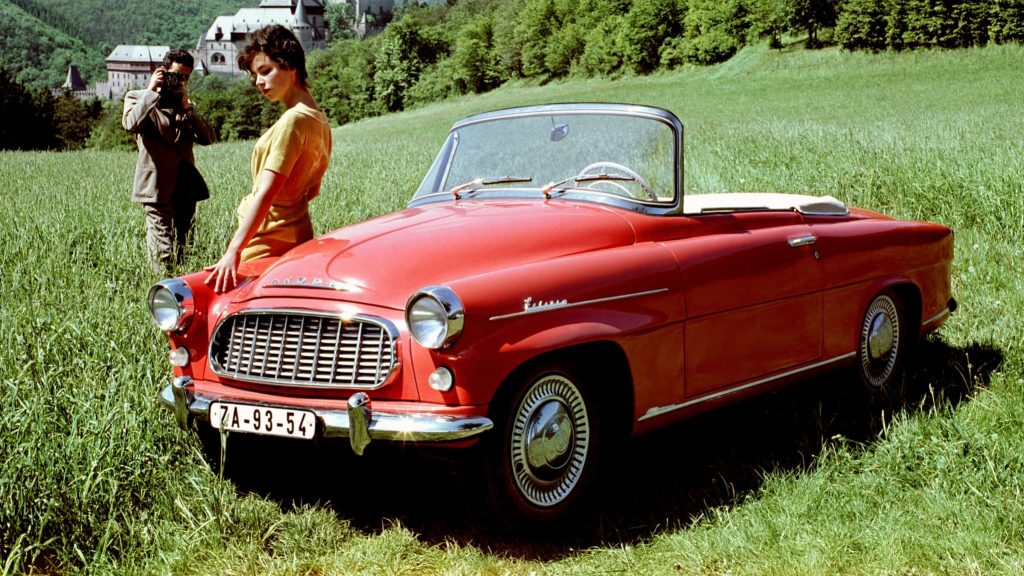
How were Škoda’s early days?
Back in the 1920s, quite good. Laurin & Klement’s company started producing bicycles but quickly evolved to cars and, prior to World War One, became one of the largest manufacturers in Europe. Things went so well for the automaker at the time that it was even common to see its models reaching podium places at the Monte Carlo rally.
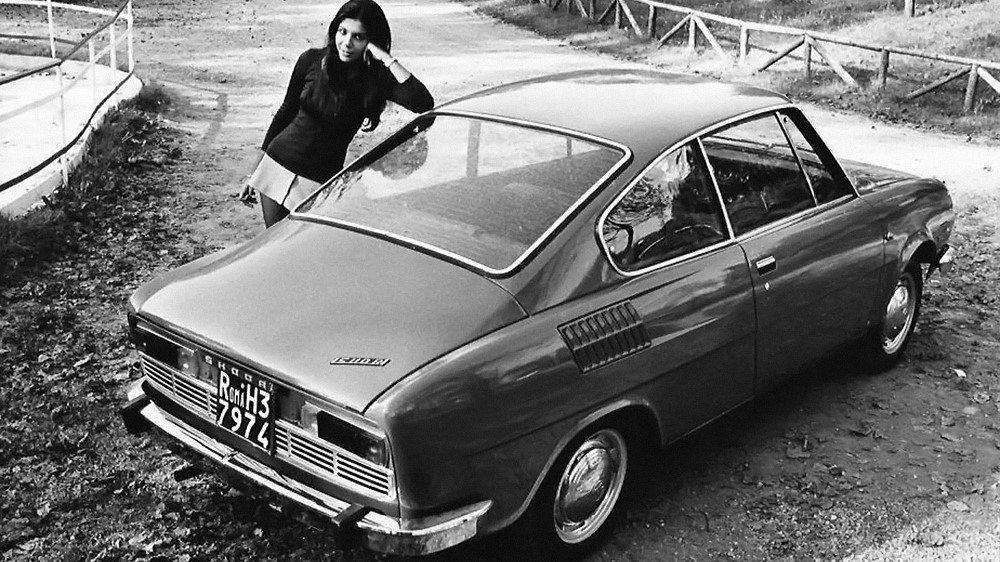
Problems appeared after the war. The communist rule in then-Czechoslovakia capped Škoda’s potential through technology, because it lost connection with developments made outside the Soviet Union, and through sales, because any exported car would face the problems of no collaboration whatsoever existing between both countries.
In short, overall quality dropped by the year. The maker could not afford large investments, so it survived up to the 1980s by pretty much retouching projects originally developed around thirty years earlier and making them increasingly cheaper to have any kind of competitive edge in the European market — which they did not, to be honest.
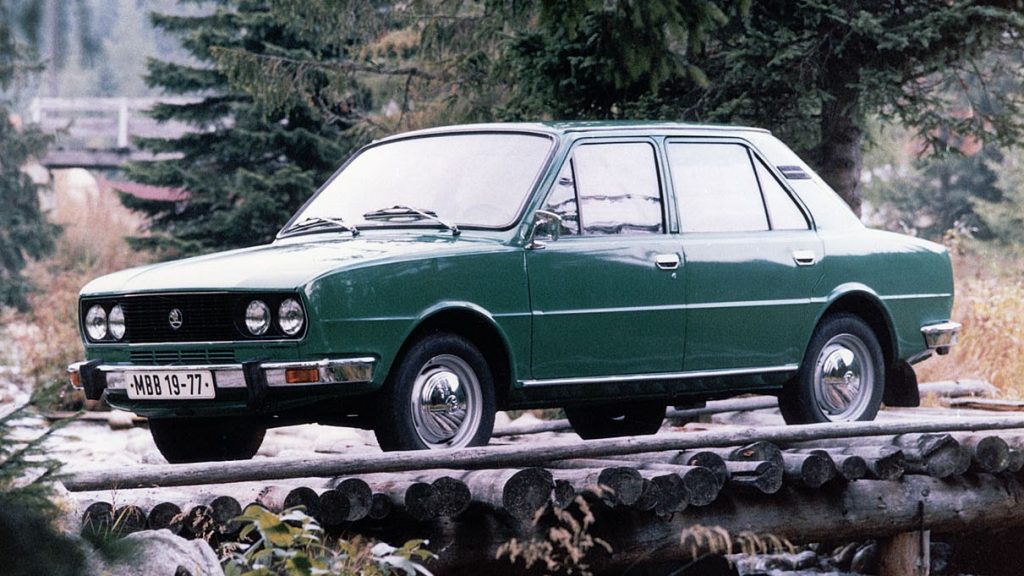
Were things really that bad?
Sadly, yeah. At some point, Škoda cars were actually common especially in the UK only because of low price. They simply could no longer follow the market’s standards in style, performance or technology, let alone safety. The automaker kept doing its best, whether by creating new body styles and occasional sporty versions, but nothing helped.
What do you call a Škoda with a sunroof? A skip!
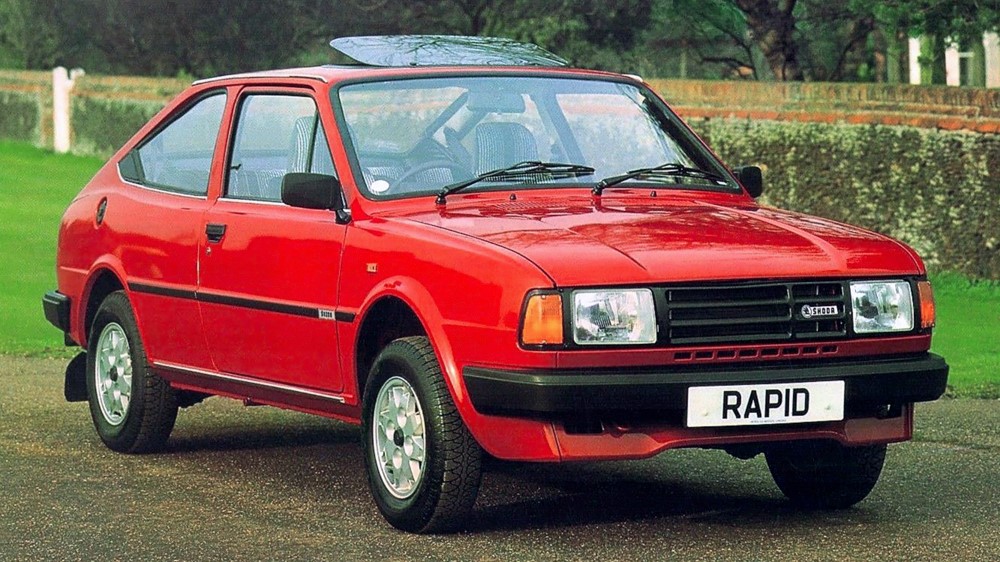
In fact, models like the Rapid and the Super Estelle only encouraged people to bully Škoda even more by making infamous jokes. The maker’s image reached the point of inspiring the hoax that pushing such bad cars at low prices was all part of a Warsaw-pact plan to “bring chaos to capitalist highways and byways” as BBC published in 2000.
How do you make a Škoda look good? Park it between two Ladas!
Škoda started to turn things around with the Favorit, which appeared in 1987 after a long negotiation with the Soviet government. With Bertone signing its external design and using some technology licensed from Western Europe, it was the best Škoda car in decades and finally comparable to its rivals. However, there was still a long way to go.

Was Volkswagen’s help enough?
The fall of communism caused many changes in Czechoslovakia, like offering most of its companies to privatization. While Renault showed interest as well, Volkswagen was ultimately selected to take over Škoda mostly because it was considered that its plan offered more possibilities for the automaker’s further development in all aspects.
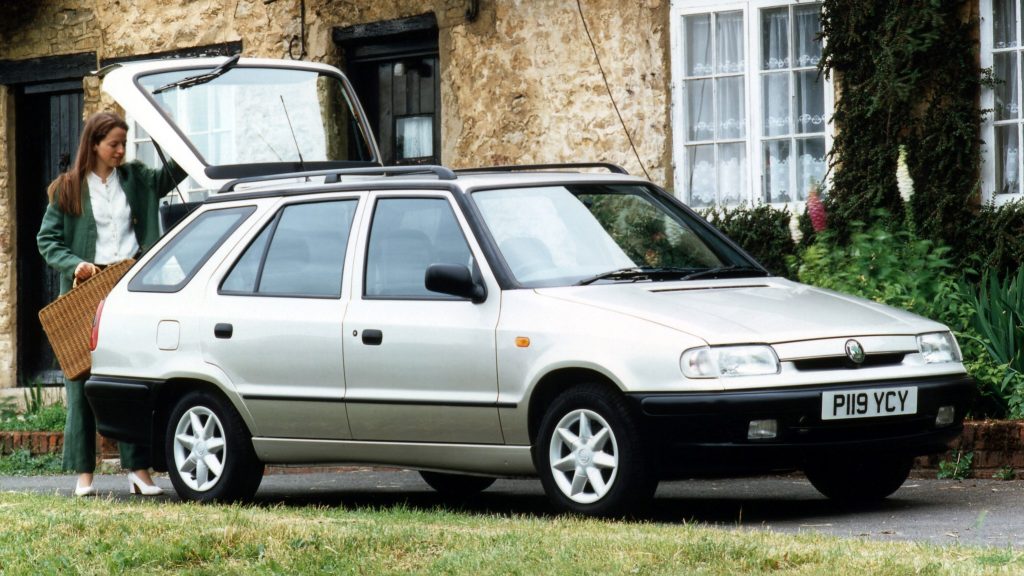
As usual in those cases, Volkswagen used its own structure to slowly improve Škoda’s. Attractive design, high production quality and up-to-date technology came with a complete lineup redesign. The 1994 Felicia was a bridge between the Favorit and a family that started with the Octavia and grew with the Fabia and the Superb shortly after.
Although the evolution was remarkable and the press responded with raving reviews, sales did not rise as quickly. Škoda’s reputation had deteriorated for so long that people were still reluctant to give it a try. Especially considering the fear of having the brand jokes extended to them. The company definitely had to do something more.
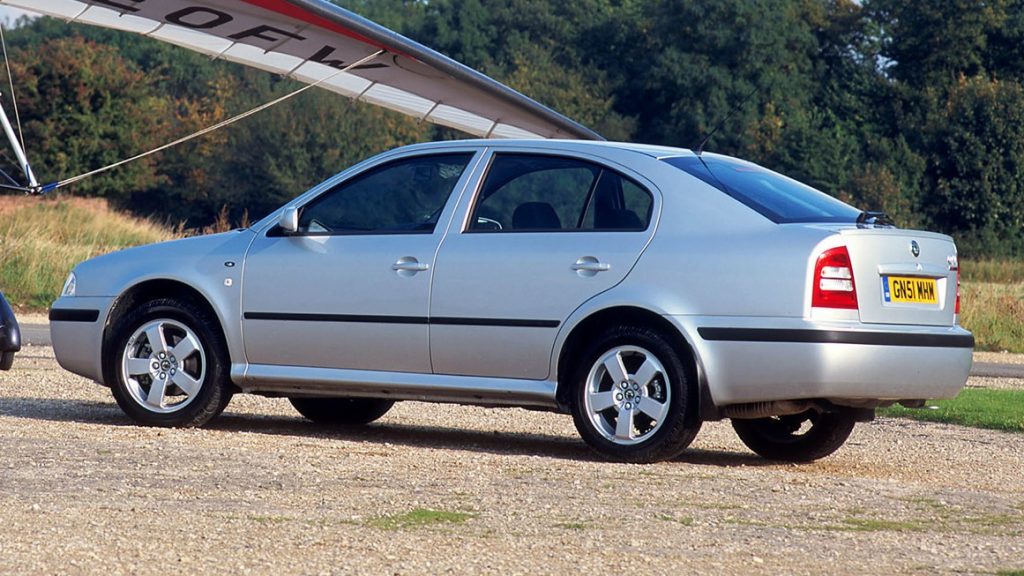
It’s a Škoda. Honest
The maker had reached a point where showing the qualities of its new models was not enough. People would simply find other ways to keep joking about it. That is why it opted for the equivalent of confronting their bullies especially in the UK, where the issue was the most intense. It invested in one of the boldest recent marketing campaigns.
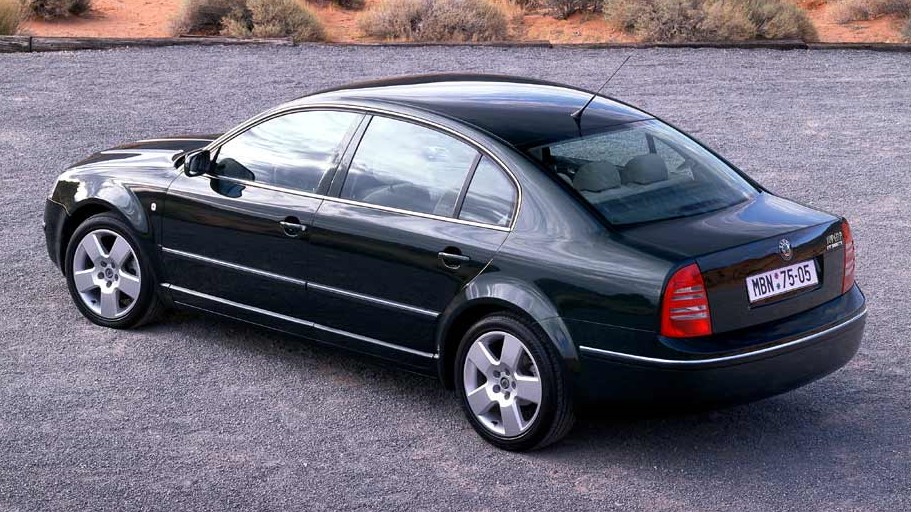
The slogan above appeared in TV ads that directly addressed the jokes. A valet parker thought that the Škoda logo was put on the owner’s Fabia as a prank. A transporter had Octavias to deliver but thought he arrived at the wrong place after seeing it was a Škoda dealer. An executive did not believe the Fabia came from a Škoda factory and so on.
When the effect began to show, the campaign followed up with a second wave of ads in which a potential buyer was test-driving the Octavia and another one was talking about the Fabia at a dealer. Both looked perfectly inclined to close the deal until left alone. They ran away because Škoda cars being that good “was, for some, still a problem.”
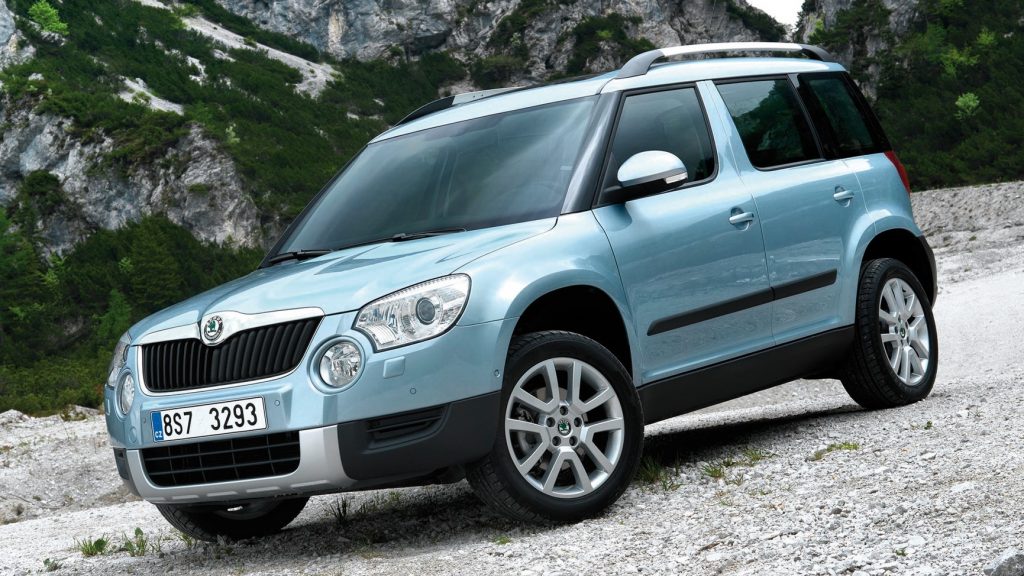
What was the outcome?
Škoda had a strong sales increase over the following few years, which granted it a market share of 2% in the UK and a waiting list for the first time ever. The most significant result at the time, however, was finally being taken seriously again. Only then Volkswagen’s quality improvement could actually kick in and make it keep evolving.
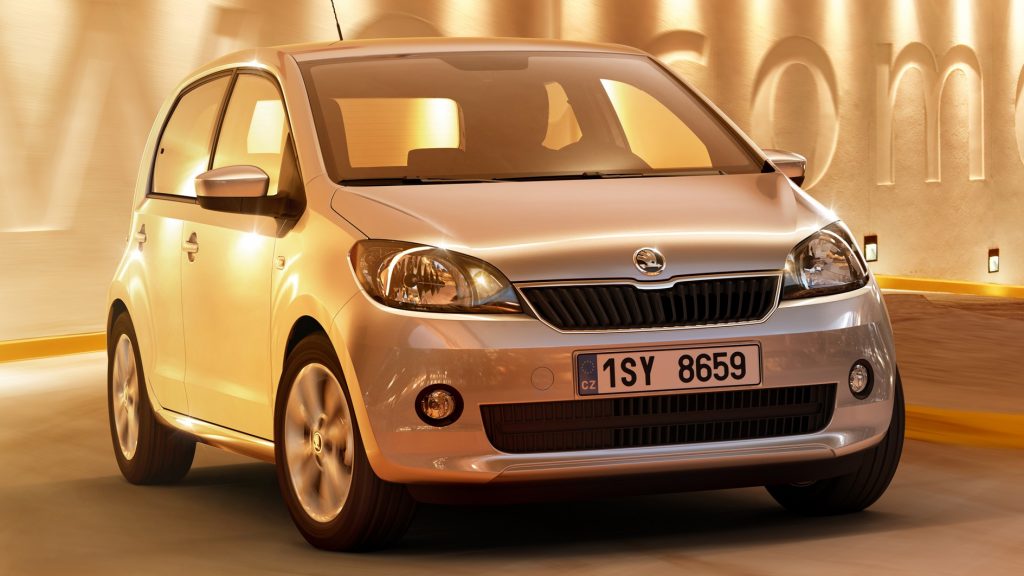
Nowadays, as previously mentioned, Škoda might not stand out against other European makers, but becoming truly competitive at their level means a lot to it. After taking its complete ownership, Volkswagen has made it an important part of its growth strategy. Over the past years, it has ventured into China and India for the first time.
After investing in some oddball models such as the Roomster and the Yeti, the Czech brand is now embracing the SUV trend with a lineup from the compact Kamiq to the midsize Kodiaq. One of those is the Enyaq, which is the very first all-electric Škoda. The company expects it to become the starting point of a whole new era in its global lineup.

After falling into a very problematic situation, Škoda resorted to a rather risky strategy which turned out to pay off. Do you think other automakers are in the same case in nowadays? If so, would you recommend them to develop similar strategies or do you believe there are better ways to go?
Danillo Almeida has explored his passion for cars in two distinct ways. The first one is his graduation course in Mechanical Engineering, which will hopefully lead to a job position in the field. The other one is expressing his knowledge and opinions on the matter through writing. Almeida has already contributed to blogs, stores, and websites in general writing automotive content in many formats.



